Sorghum Farming and Galla Goats: A Lifeline for Pastoralists in Elelea Village, Turkana West
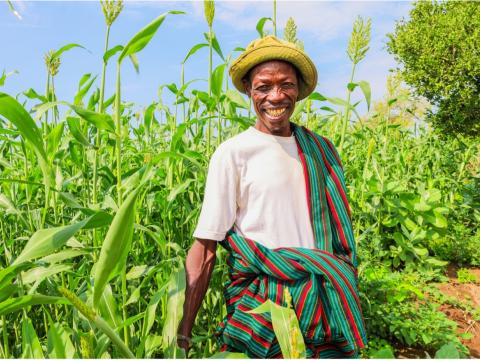
Upon entering Turkana County, often called the "cradle of mankind," we are greeted by the sight of unique makeshift shelters, commonly known as Manyattas. The scars of drought caused by failed rains are still evident; the temperatures are hot, and the land is parched. The local community, known for their warmth, insisted on teaching us a few greetings in Turkana: "Ejok" (Hello) and "Ejok Noi," the customary reply.
In Elelea Village, we meet Epua Lokele, a father of 12, and his family under the shade of a tree, sharing a midday meal. It is 1:00 p.m. on a hot Saturday afternoon. Epua’s wife, Akuam, quickly darts into her makeshift kitchen to fetch a gourd full of milk. "My twin children love ‘ngakile’ (milk in Turkana)," she says, filling their cups. The joy on this family's faces speaks volumes—a sense of newfound hope.
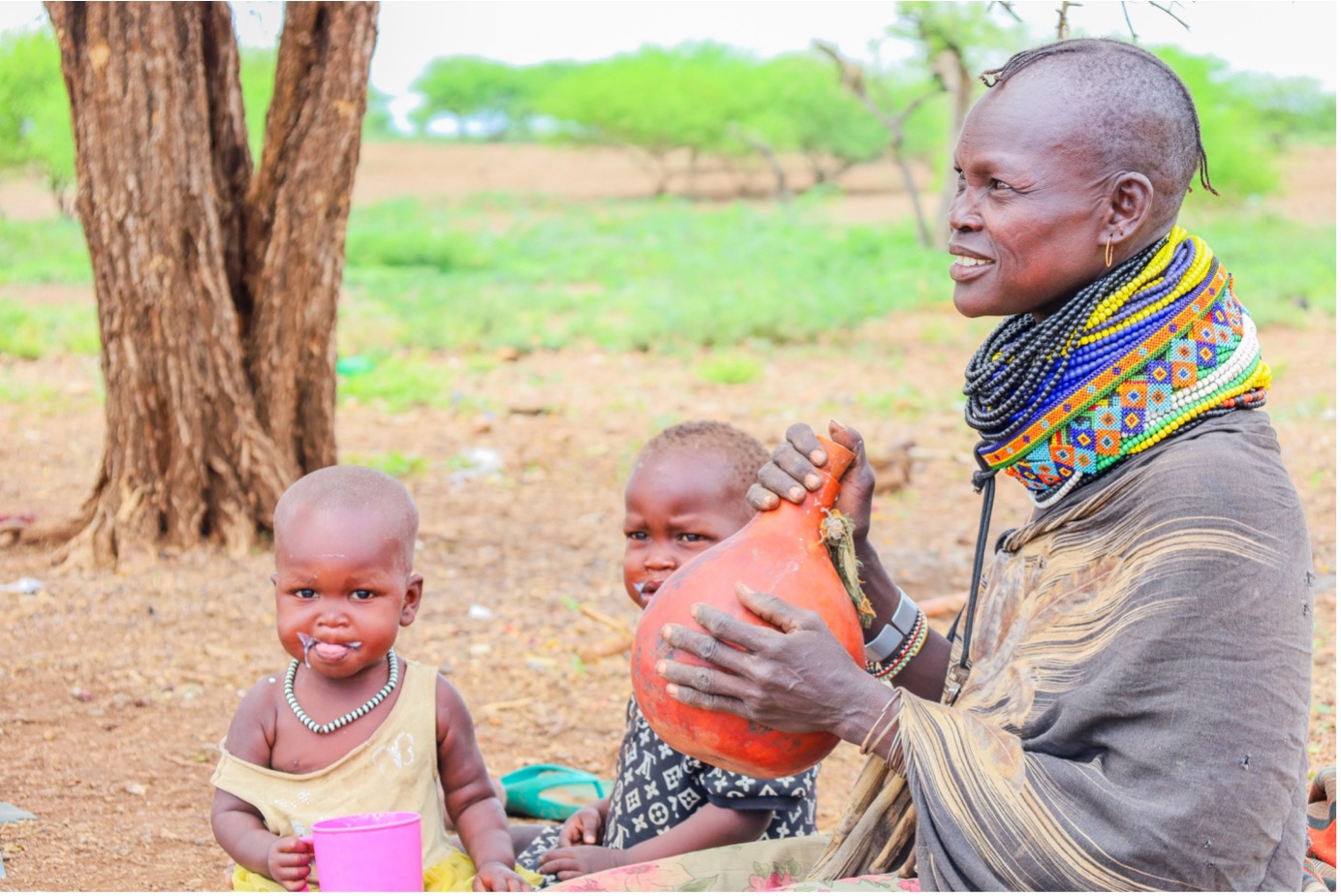
Epua, seated on an ‘Ekicholong’—a traditional Turkana stool carved out of wood, reserved for men, with a herding stick in his hands, reminisced about the loss of his livestock due to relentless drought. "I was once wealthy, but the drought wiped out all my progress. Five years ago, I lost 200 goats, 50 cattle, and ten donkeys due to the prolonged droughts, " he recounts.
After restocking his herd, he faced another blow when a contagious disease, Peste des Petits Ruminants (PPR), also known as ovine rinderpest, claimed 70 goats, further plunging his family into food insecurity.
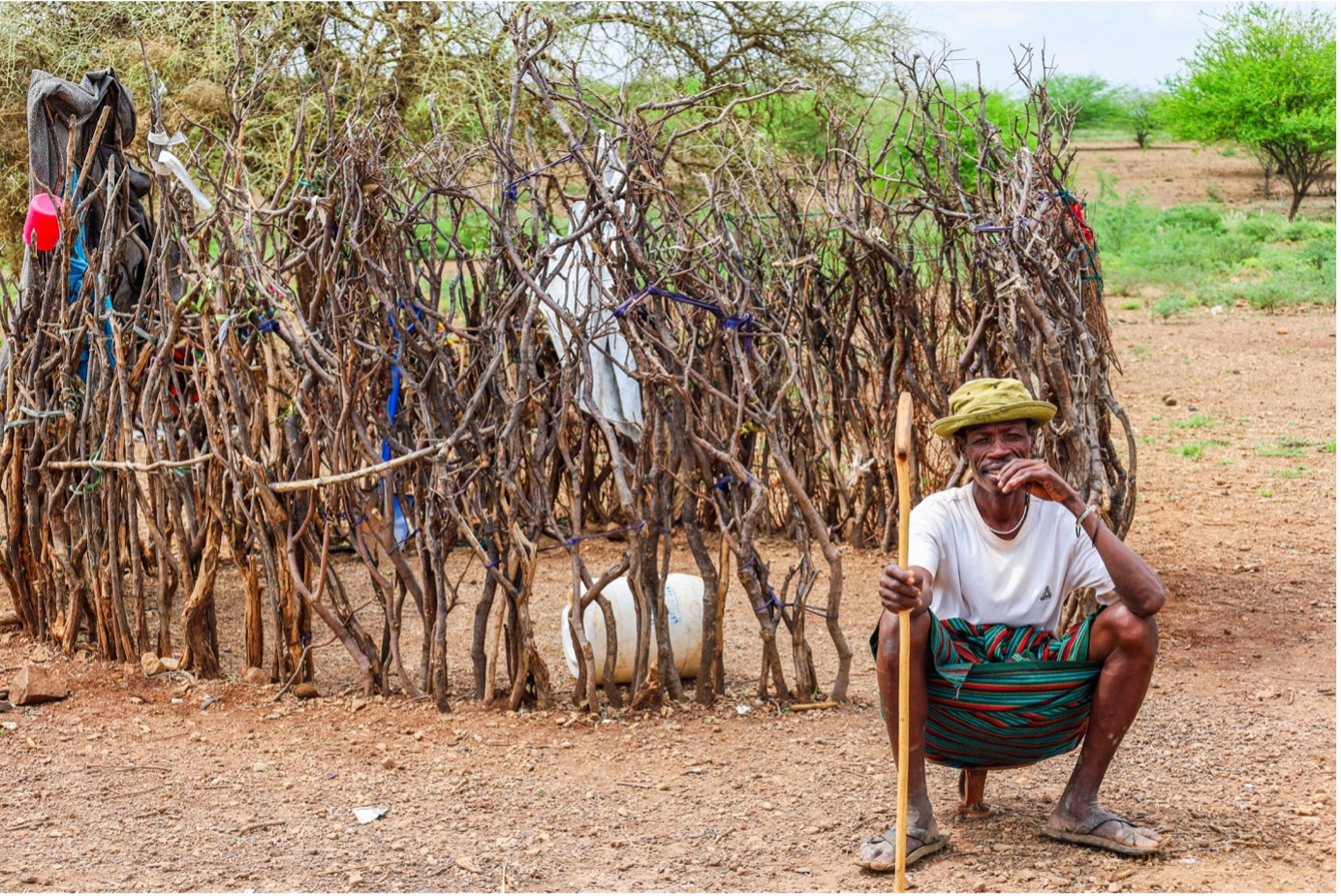
Climate change has exacerbated poverty in Turkana, one of Kenya’s arid and semi-arid lands (ASAL). The region's water scarcity and prolonged droughts have killed livestock, the community's primary income source, forcing many to migrate in search of better grazing grounds.
"In recent years, the rains have become unpredictable," Epua explains. "We depended on nomadic pastoralism, but even moving to other villages often led to conflicts over grazing land. Fetching water from refugee camps only intensified tensions." He adds.
The Kalobeyei Integrated Drought Response and Management (K-DREAM) Project, funded by the Korea International Cooperation Agency (KOICA) through World Vision Korea and implemented by World Vision Kenya, partnered with the Turkana County Government to train 332 agro-pastoral farmers, including Epua, on Climate-Smart Agriculture, small stock management, and post-harvest practices. These farmers received farm tools, seeds, chicks, and Galla goats—a resilient breed that matures quickly and provides a reliable source of income.
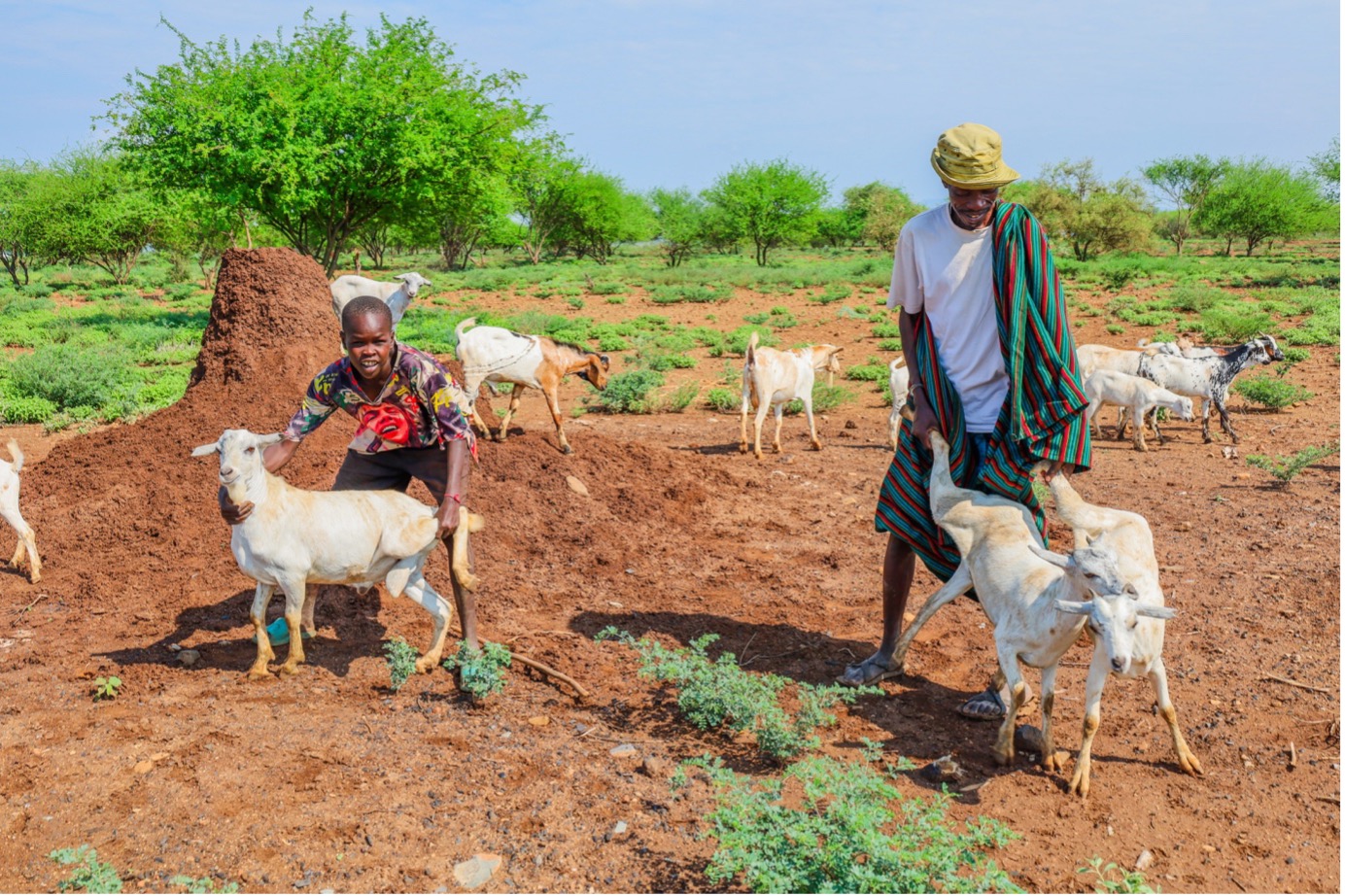
"We are empowering farmers to practice poultry farming and kitchen gardening to enhance food security and diversify income sources," says World Vision Project Officer Sheila Naini. “We have supported each farmer with three Galla goats because they can survive in drought-prone areas, mature faster, and give birth twice a year, compared to local breeds, thus providing quicker income and improved livelihoods in this ASAL region,” She adds.
World Vision's K-DREAM Project, alongside the Turkana County Government, also facilitated exposure visits for selected farmers to Nakuru and Kitale, where they learned to add value to livestock products.
"We were taken for exposure visits in other parts of the country that practice farming. I learned how to make yogurt and cheese from goat milk," Epua proudly shares.
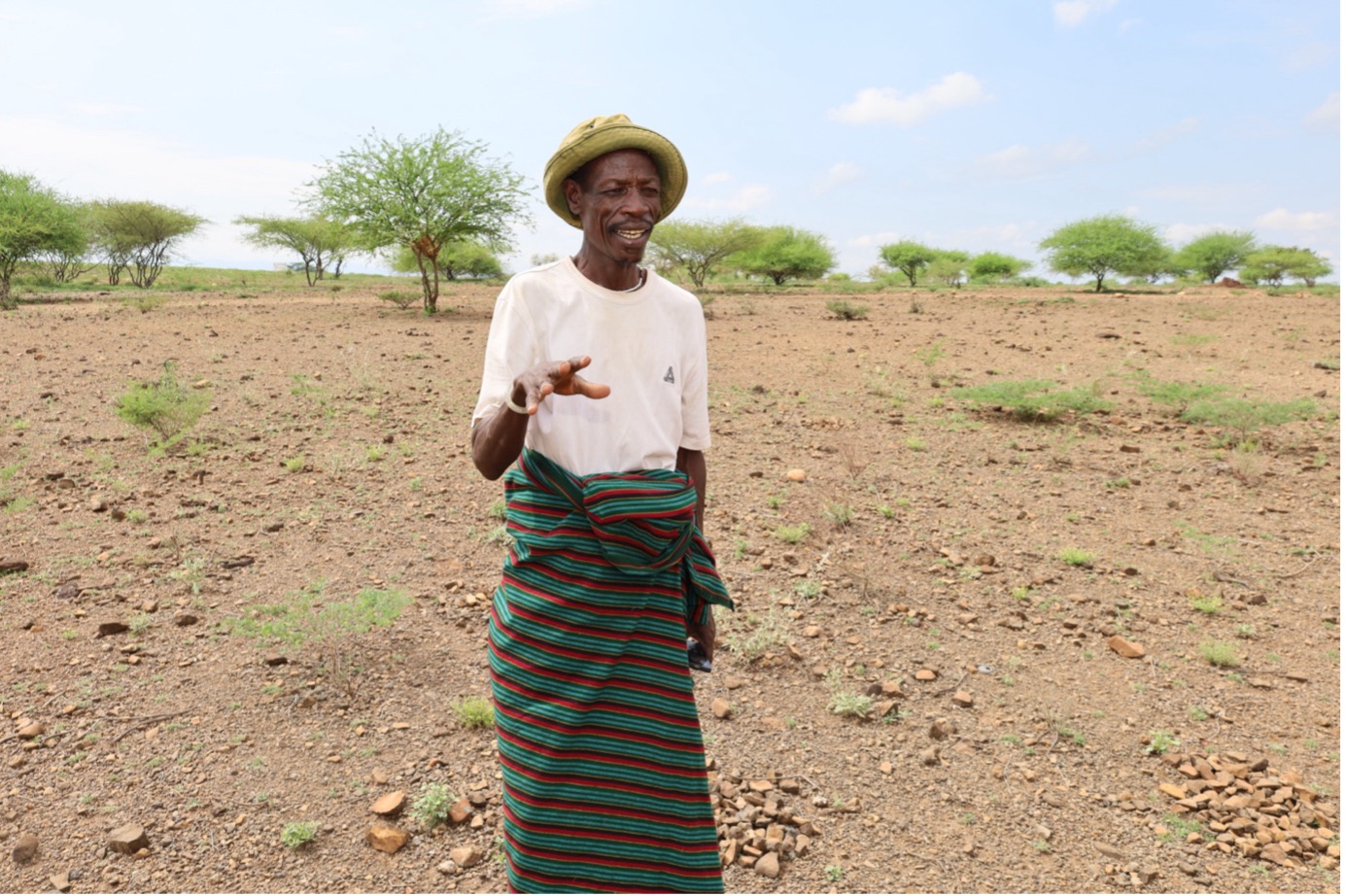
Epua’s shift to sorghum farming has been transformative. "After the training, I started crop farming because we had land but no food after losing our livestock," he says. "I couldn't believe I was buying food from refugees who didn’t have land while I had my own. Now, with my second harvest, I see the potential of farming in this area."
As Epua shows us around his half-acre sorghum field and chases away birds, he reflects on the challenges that remain, including locust invasions and prolonged droughts. Yet, he remains hopeful. "Sorghum provides food for my family and pasture for my animals. I plan to farm my 10-acre land for domestic and commercial purposes."
Looking to the future, Epua says, "I have discovered that farming has many benefits. Sorghum, for example, provides food for my family while serving as a pasture for my animals. I plan to farm my 10-acre land for domestic and commercial purposes."
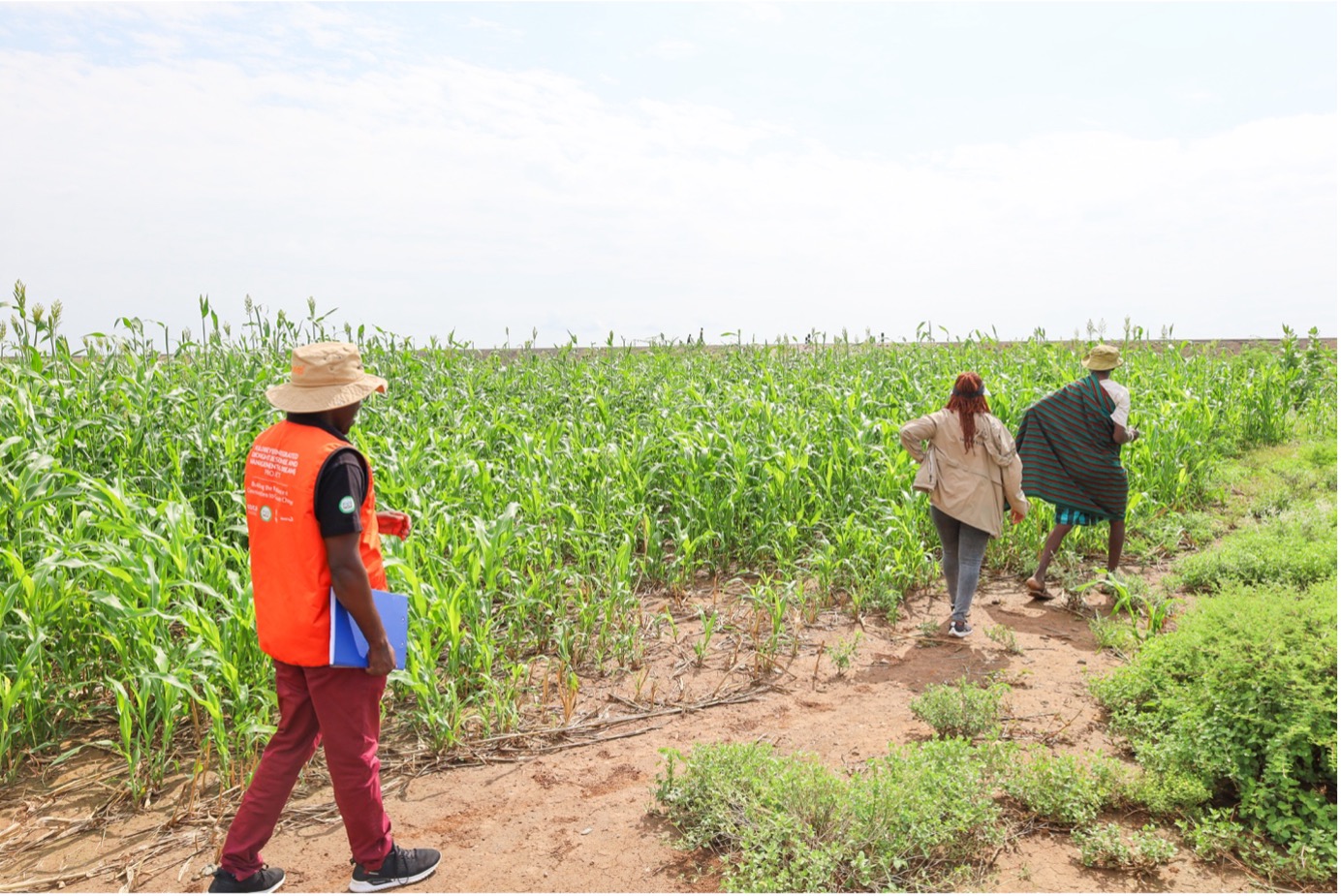
Turkana West Sub-County Agriculture Officer, Mr. Kipngeno Cheruiyot, says the government is conducting surveillance and plans to carry out aerial spraying to counter the locusts that have affected not only the region but also the Horn of Africa.
Mr. Kipngeno further says the focus on promoting climate-smart agriculture and mechanisation is helping to improve food security and reduce malnutrition in the region. "Sorghum farming has potential in this region. We are also developing a framework to encourage local farmers to adopt mechanization to boost food production."
Turkana West’s Global Acute Malnutrition (GAM) levels have improved, thanks to collaborative efforts between the county and World Vision’s initiatives. According to the Turkana County June 2023 Standardised Monitoring Assessment for Relief and Transition Method (SMART) survey, Turkana West improved its Global Acute Malnutrition (GAM) levels to 21.6% compared to previous years, even though these GAM levels still exceed the 15% WHO emergency threshold.
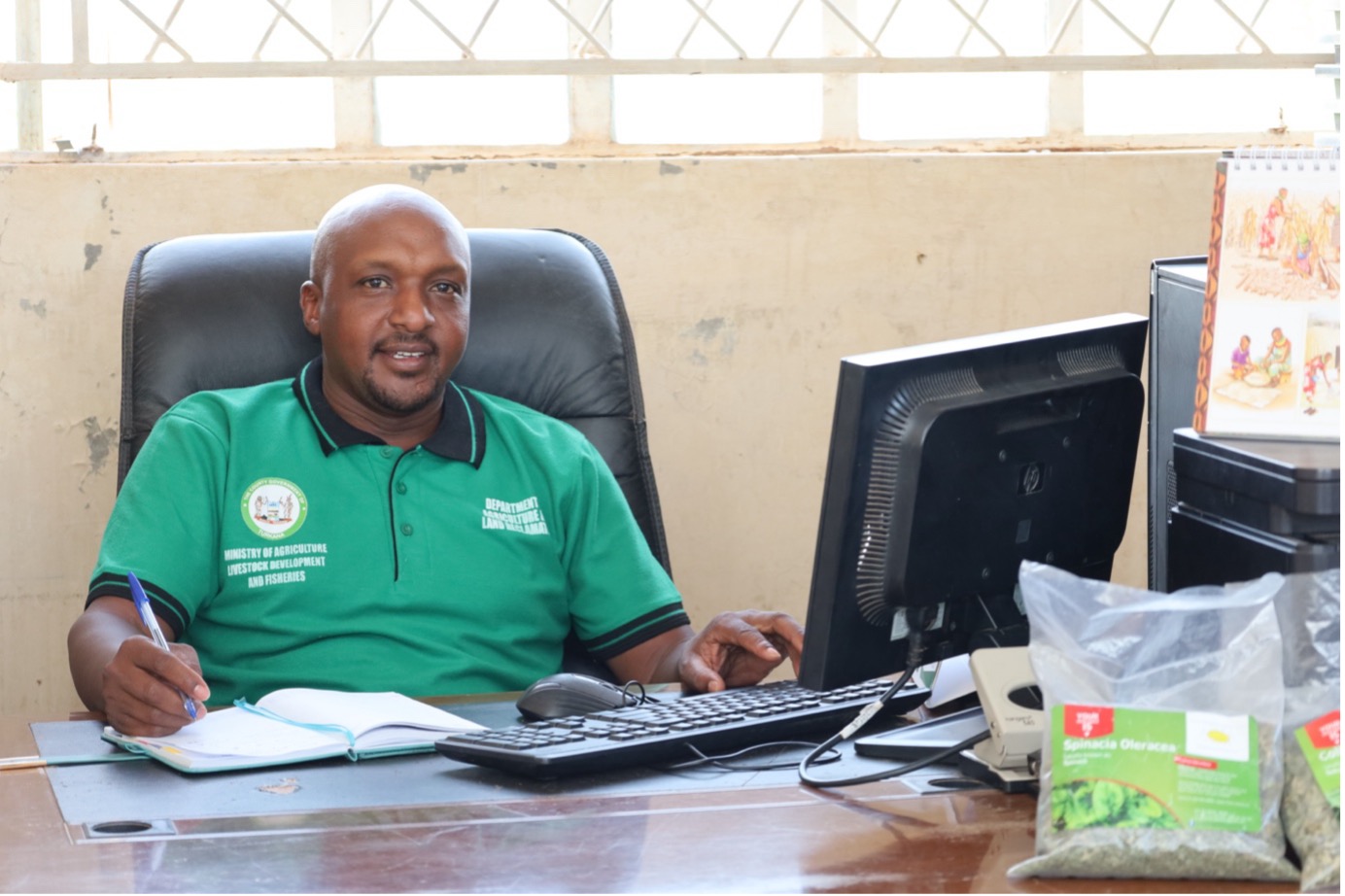
Mr. Kipngeno attributes this improvement to collaborative efforts between the county and World Vision’s K-DREAM Project through its numerous water interventions, as well as climate-smart agriculture technologies.
He notes that the county is working closely with development partners to implement policy frameworks like the Turkana County Integrated Development Plan (CIDP), Kalobeyei Integrated Socio-Economic Development Program (KISEDP), and the County Marshall Plan, which advocates for long-term investment in projects that support sustainable socio-economic development.
The K-DREAM project aims to build the resilience of vulnerable communities to climate change, enabling them to cope effectively with the adverse effects of global warming.
By Felix Pilipili, Communications Specialist, World Vision Kenya